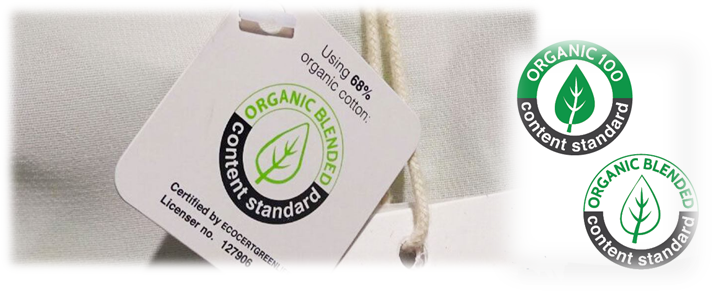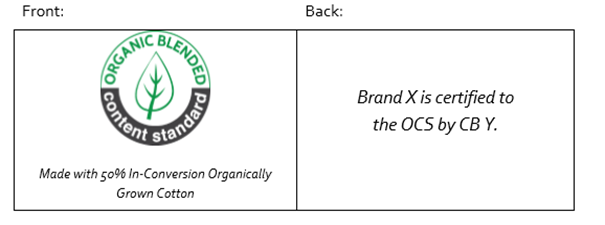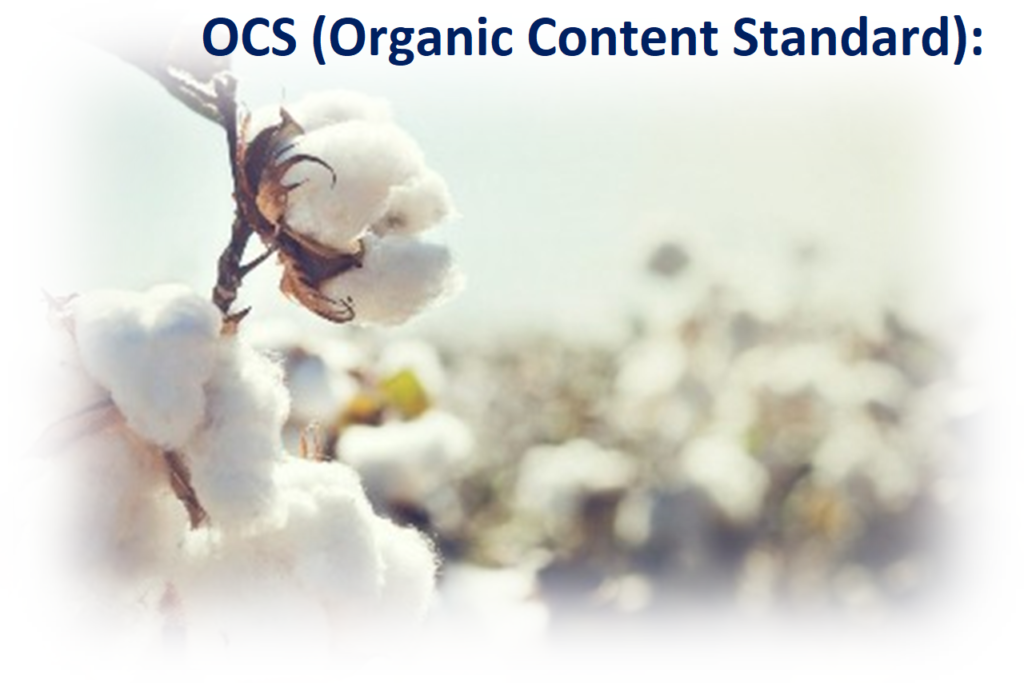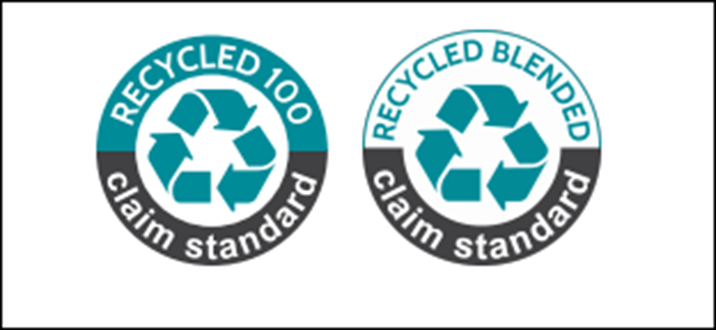What is “Organic Cotton?”
Organic cotton is grown using methods and materials that have a low impact on the environment. Organic production systems replenish and maintain soil fertility, reduce the use of toxic and persistent pesticides and fertilizers, and build biologically diverse agriculture. Organic cotton is grown without the use of toxic and persistent pesticides and synthetic fertilizers. In addition, federal regulations prohibit the use of genetically engineered seed for organic farming.
Third-party certification organizations verify that organic producers use only methods and materials allowed in organic production.
Organic Cotton Standards:
Organic cotton has the powerful advantage of following internationally recognized organic farming standards that are enshrined in law.
In the EU, the Council Directive on Organic Farming defines production and certification requirements of organic crops. In the USA and in Asia, the National Organic Program (NOP) respectively the Japanese Agricultural Standard (JAS) do the same.
Below are the widely used organic cotton standards :
- EU regulation (EC) 834/2007
- USDA National Organic Programme (NOP)
- Japanese Agricultural Standard (JAS)
- Global Organic Textile Standard (GOTS)
- Organic Content Standards (OCS)
OCS is an independent global standard with third party certification. The OCS applies to any non-food product containing 5-100 % organic material. It verifies the presence and amount of organic material in a final product
ü It addresses the flow of product within and between companies, raw material verification, post-harvest processing, manufacturing, packaging and labeling, storage, handling, and shipping through the seller in the last business-to-business transaction.
It allows for transparent, consistent, and comprehensive independent evaluation and verification of Organic Material content claims on products by an accredited third-party Certification Body (CB). labeling in final product in order to provide a credible assurance to the end consumers.
OCS Label grades:
Two types of label grade:
- OCS 100 : ‘Can be used for 95% to 100% organic content’
- OCS bended : ‘Can be used for 5% to 99% organic content’

Two ways to label OCS 100 Products:
- Made with/Contains 100% Organically Grown Material” (only for products that contain 100% Organic Material)

- Made with /Contains Organically Grown Material”(for products that contain 95% or more Organic Material, as long as the remaining content is not of the same type as the Organic Material)

label of OCS Blended Products:
Made with/ Contains X% Organically Grown Material” for products that contain 5- 99% Organic Material (there are no restrictions on the remaining content)

You will get clear idea on below image.
All product labeling must includes :
- OCS Logo
- Mention of the certification body
- Mention of the last certified organization
All OCS artwork must be approved by a certification body, prior to printing and application.
OCS Certification Flow Chart :

Benefits of OCS :
- It presents an excellent opportunity for the people to learn about the source of the product.
- A professional, third party certification body audits each stage in the supply chain
- Set and meet target for corporate use of organic material.
- The identity of OCS material is maintained at all times: from the fiber to the final product, through a robust chain of custody.
- Support the demand of organic material, even if you are not able to meet higher percentage.
Ref.: www.textileexchange.org






WORK INSTRUCTIONS FOR OCS
Buenos días,
Si disponemos de certificado OCS 100, y también tenemos artículos que cumplen las condiciones de OCS Blended…, está implicito la certificación OCS 100?
Podemos publicar sello OCS Blended o debemos certificarlo aparte?
Muchas gracias,
Pingback: BCI Cotton vs Organic Cotton: Which one is more sustainable? - Textile Research and Development